
Jutta Hell/Dieter Baumann: zukunft_erinnern_reloaded
HALLE Berlin, February 2008
Dieter Baumann's solo built around a video of Gerhard Bohner's performance (recorded by Cosima Santoro) is the last in a series of choreographies by which dance company Rubato paid homage to their former fellow and teacher Gerhard Bohner. Rubato was established by Jutta Hell and Dieter Baumann in 1985 and Bohner's disciplined, strict dance style left a long-lasting mark on their development. The collaboration of Bohner with Rubato earned them an award of the Berlin Academy of Art in 1992, the year when Gerhard Bohner deceased. Since then, the Rubato created four performances based on fragments from the last Bohner's video. According to the company, the title "zukunft_erinnern_reloaded" underlines the fact that the piece combines ideas from the three previous performances.

Baumann begins his solo with two long wooden slats, which he abandons and grasps again as he engages in a dialogue with his counterpart on the screen. On the photos below, projections of a shadow cast by the slats on the screen mingle with images of sticks which Bohner himself used in the video.
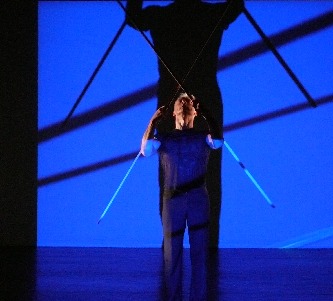
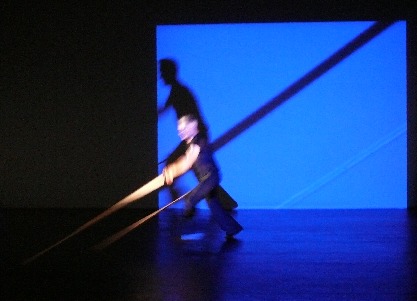
The coordination of the Baumann's movement with the video is meticulous and involves rewinding and looping. On the photo below left, Bohner's rocking from side to side in a video loop was frozen exactly at the moment when Baumann finished his series, creating an impression that Bohner turned around and looked at him, critically evaluating his performance.
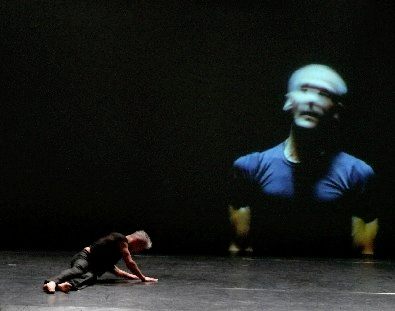
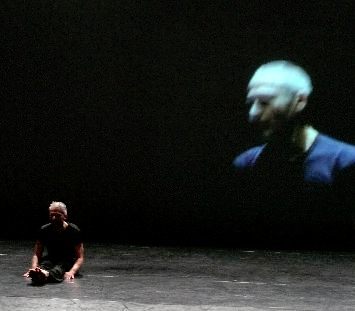
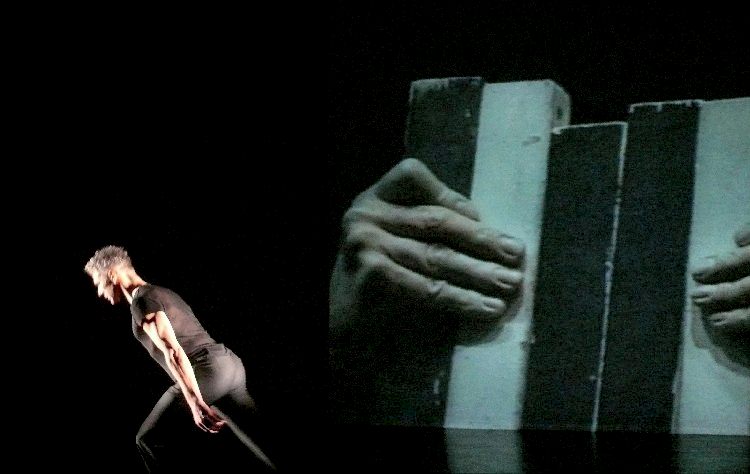
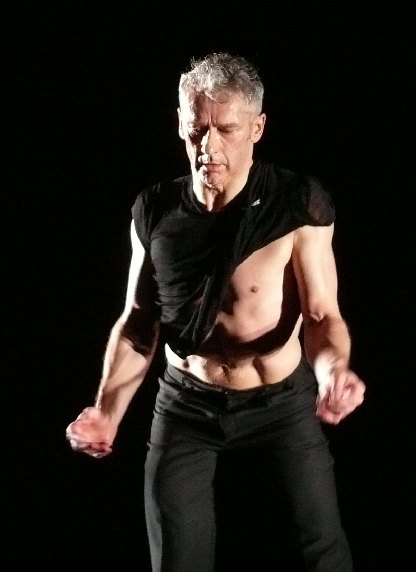
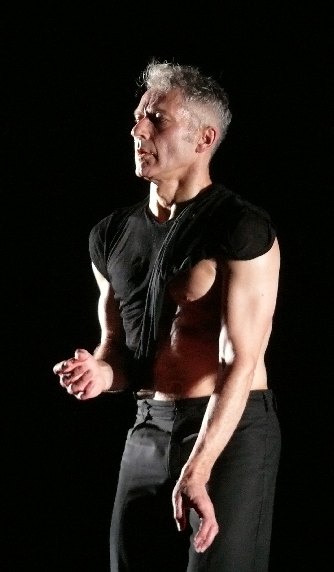
Among the performances I saw recently, this was the most intense and precise, esthetically and emotionally appealing one. It seldom happens to me that a piece touches me that much though I watch one performance a week on the average. Last time it happened in "Fall aus der Zeit" by Katja Erdmann-Rajski, which I watched as it has been developed in the fall 2006 and again in January 2007. While Erdmann-Rajski's performance stirred me up because of the meaning encoded in the movements and gestures, Dieter Baumann's dance was touching by the esthetic appeal of his dance alone. Beauty is a word carefully avoided in dance writing. It is not considered a value which a sophisticated audience is looking for, but I can't help: intense beauty was a key attribute of Dieter Baumann's solo and - I have not doubts on that - the cause of our frenetic applause.
Petr Karlovsky